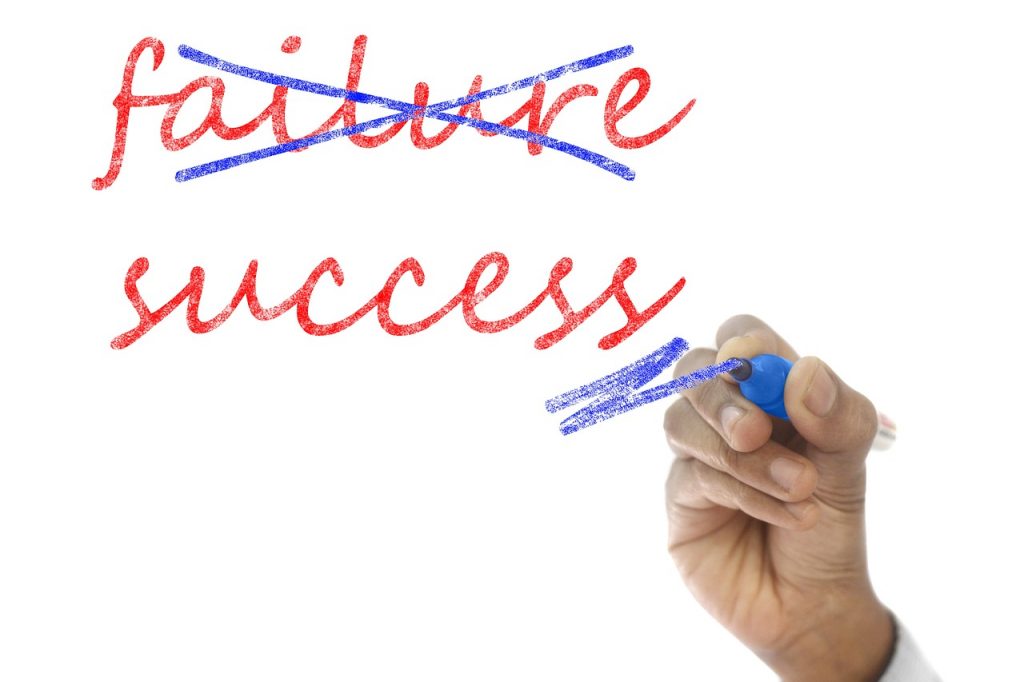
Let’s face it: the numbers don’t lie. 80% of startups fail within their first three years. This isn’t just a statistic; it’s a sobering reality check for anyone who dreams of building a successful business. But here’s the controversial part: most failures are avoidable. Yes, you heard that right.
You’re not alone if you’re struggling to keep your business afloat. But the real question is: what separates the 80% who sink from the 20% who thrive? Are you ignoring the warning signs of failure, or are you actively taking steps to secure your place among the successful few?
Here’s a harsh truth: Being passionate isn’t enough. Your enthusiasm won’t pay the bills or bring customers back. You need brutal honesty about your business and the willingness to adapt. So, let’s talk about some key ways to assess if you’re at risk of becoming another statistic or on the path to success.
1. Do you have a financial plan, or are you flying blind?
Many startups fail because they burn through cash with no clear roadmap. Are you tracking your cash flow, profitability, and burn rate? If your business constantly feels like it’s in survival mode, it’s time to make changes before you run out of runway.
2. Are you losing customers faster than you’re gaining them?
Retention is the lifeblood of business success. If your customers aren’t returning, there’s a problem with your product-market fit or customer experience. Instead of chasing new clients endlessly, fix what’s causing them to leave.
3. Are you pivoting or just panicking?
Every successful entrepreneur has had to pivot at some point. But there’s a difference between strategic adjustments and panicked decision-making. Do you have the data and insights to guide your decisions, or are you just reacting to every crisis?
4. Do you know when to ask for help?
Here’s an uncomfortable truth: many entrepreneurs fail because they don’t know what they don’t know. Seeking mentorship or investing in training isn’t a weakness—it’s a strength. Support networks like the International Alliance of Entrepreneurs (IAE) exist to help entrepreneurs bridge the gap between failure and success.
Here’s what the top 20% do differently
The entrepreneurs who break into the top 20% have a few things in common:
- They focus on operational efficiency to minimise waste and maximise profits.
- They leverage data to make informed decisions instead of relying on guesswork.
- They invest in mentorship, training, and personal growth to stay ahead of the curve.
- They understand the importance of building a resilient mindset, especially during tough times.
So, where do you stand?
If this blog feels uncomfortable to read, it’s probably because some of it hits home. And that’s okay. The first step to fixing a problem is admitting there is one.
Here’s the good news: failure isn’t final. You can turn things around with the right tools, strategies, and support. That’s why resources like the IAE Toolkit and Business Growth Workshops exist. They’re designed to help entrepreneurs like you tackle challenges head-on, whether mastering your finances, building a winning marketing strategy, or developing the mindset needed to thrive.
Don’t let your start-up be a statistic
The line between the 80% that fail and the 20% that succeed is thinner than you think. The difference is action. So, what will you do today to secure your place in the top 20%?
Let’s discuss in the comments: What’s the biggest challenge your business is facing right now, and how are you tackling it?